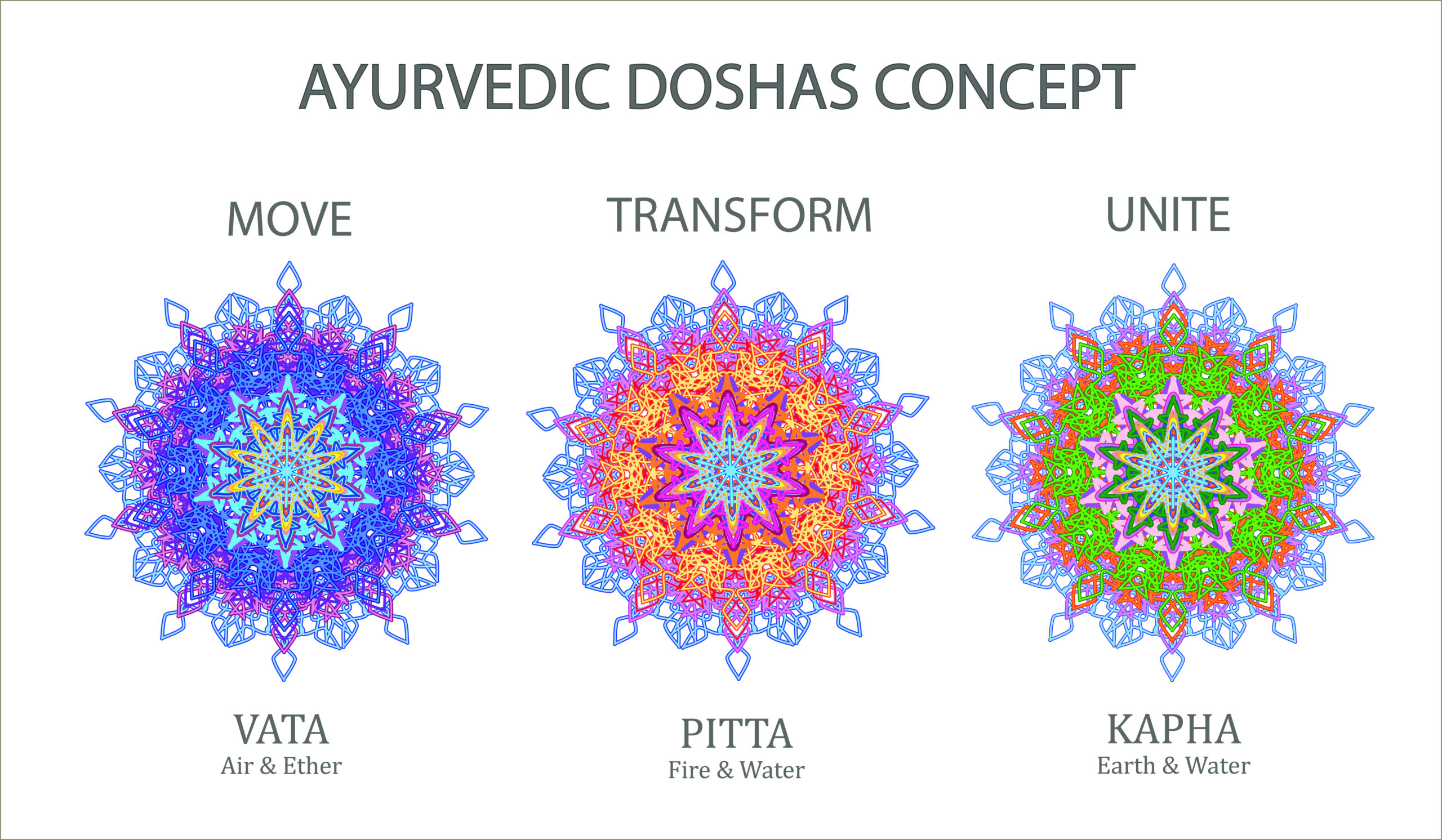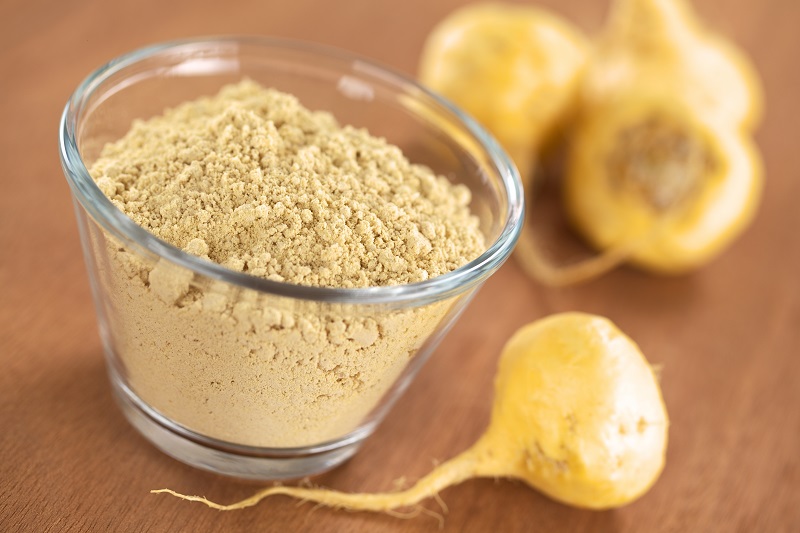Introduction
Ayurvedic medicine was developed in India over 5000 years ago, making it one of the world’s oldest medical systems that is still in practice today. The word Ayurveda translates from the Sanskrit words “ayur” which means “life” and “veda” which means “science” or “knowledge” rendering it to be inclusive of the science and knowledge of all life, not just of sickness or health (NCCIHI 2015). Ayurveda is a holistic medical system that recognizes the interconnectedness of the mind and body, but also among people, their health, and the universe (Chopra). Ayurveda medicine combines preventive medical thought with herbal medicine, meditation, and other natural healing practices.
The Three Doshas
Ayurvedic medicine is founded on the principle that everyone has an individual “constitution” so each person has a unique expression of health. Fundamentally, what is healthy for one person could be poison to someone else, therefore all medical and health practices should be catered to each person’s individual needs (Banyan Botanicals 2016). The ultimate goal of Ayurvedic medicine is to avoid the need for prescription drugs, surgeries, and other western medical practices by focusing on prevention and natural solutions to health issues (Dr. Axe). The most effective prevention and treatment plan is based off an analysis of the constitution of an individual, which is composed of the three Ayurveda “Doshas”:

- Vata – Air and Ether
- Pitta – Fire and Water
- Kapha – Water and Earth
Ayurveda recognizes the 5 elements: earth, water, fire, air, and ether (space), and each substance/cell contains these 5 parts (Banyan Botanicals 2016). Each person is made up of a unique combination of these three doshas, and usually one dosha is much more prominent than the others. However, the proportion of the doshas fluctuates throughout a person’s life depending on their environment, diet, the season, age, and more (Yoga Journal 2007).
Ayurveda Treatment Method

Ayurvedic medicine states that illnesses are caused by an imbalance of the three doshas, and that the cure lies in helping the person return to their homeostasis. In order to help the doshas rebalance when people are sick, Ayurvedic medicine relies heavily on the mind-body connection, and believes that if the mind is balanced, the body will naturally heal itself (Chopra). Essentially, the mind has the most power to heal the body, so when a patient sees an Ayurveda doctor, the first thing the doctor will do is analyze their doshas. There are many tests that can be done to determine what your dosha ratio is, and how to see in which way it is imbalanced. Then once the root cause of the illness is determined, the doctor will prescribe a regimen of natural healing practices such as herbal medicine, changes to your diet, and meditation and relaxation techniques, with the combination of treatments depending on which doshas are misaligned.
The natural practices of Ayurveda medicine are proven to be effective for a number of illnesses. According to a study performed by the University of Maryland Medical Center in 2015, Ayurveda medicine can help treat the following conditions:
- Alzheimer’s disease
- Anxiety or depression
- Asthma
- Cancer
- Dementia
- Dysmenorrhea (painful menstruation)
- Herpes
- High blood pressure or cholesterol
- Parkinson’s disease
- Perimenopausal problems
- Premenstrual syndrome (PMS) and cramps
Conclusion
Ayurvedic medicine has been used for centuries and is still a very common natural healing method. There are even several Ayurveda medical schools in the United States, and there are many locations that provide Ayurveda massage, meditation, and acupuncture. Overall Ayurveda medicine incorporates many of the same values as the natural products industry by focusing on preventive, holistic, and natural treatments for illnesses. It is important to recognize the many ways in which natural products are implemented around the world, while also acknowledging the effects of the commercialization of traditional practices. By spending time researching different natural medical systems, we can begin to better understand world health and how the products Yellow Emperor makes are incorporated into individual’s lives.
Fantastic TedX talk about Ayurveda and natural medicine
Sources:
https://nccih.nih.gov/health/ayurveda/introduction.htm
https://www.banyanbotanicals.com/info/ayurvedic-living/learning-ayurveda/intro-to-ayurveda/
https://draxe.com/ayurvedic-medicine/
https://chopra.com/articles/what-is-ayurveda
https://www.yogajournal.com/lifestyle/intro-ayurveda









